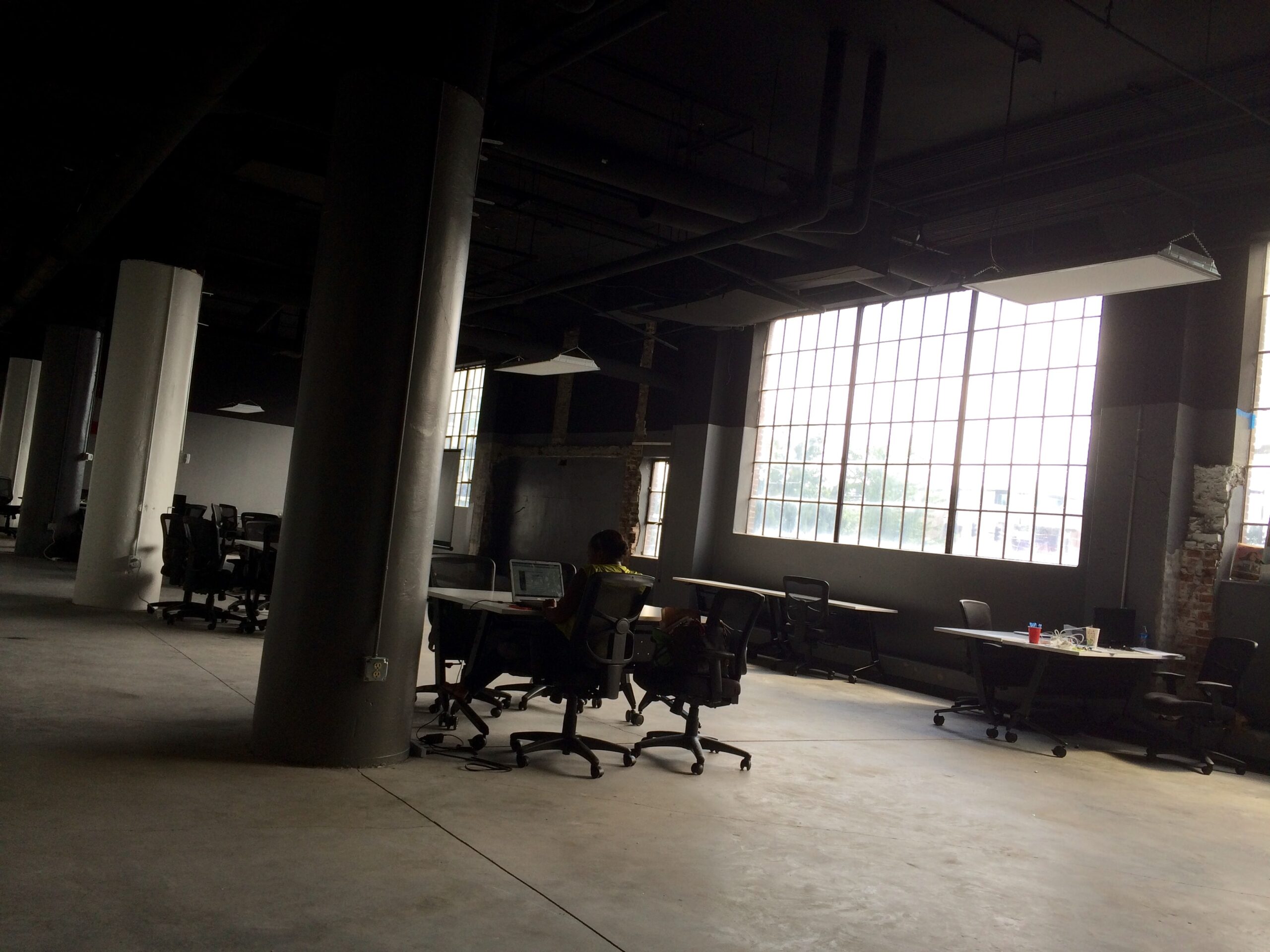For many, the past year and a half have changed how we work and where we work from. The work from home model is likely to stay around and according to a survey of 30,000 Americans by a Stanford economist, “most full-time workers expect to continue working remotely at least two or three days a week.” Employers and employees alike have seen some of the benefits of working from home, from drastically reduced commute times to increased productivity and job satisfaction.
While the benefits add to a fulfilling work environment, there are some drawbacks to this new model. “Empty office and absent workers are hollowing out some cities’ downtowns.” Businesses that rely on a bustling downtown office vibe are suffering. The real estate in larger cities is seeing the “donut effect” where those living in the downtown area have opted for the less densely populated areas. There is also the negative effect on small businesses, from bakeries, coffee shops, and bistros to department stores and meeting venues, due to the reduction of the workforce going into the city each day.
Another potential negative impact of working from home could be inclusion or lack thereof. Those working from home 5 days a week may find the ability to advance is more difficult. In a study of a randomized group of 250 volunteers, some who worked remotely four days a week and some that remained in the office full time found that the work from home employees “had a 50% lower rate of promotion after 21 months compared to their on-site colleagues.”
In the end, working from home is here to stay and employers and employees will need to figure out to manage this within their office and their lives, ensuring productivity, and balancing inclusion.
Pragmatyxs is a global company, with employees throughout the U.S. and customers from around the world. Our commitment to providing a quality experience to each and every customer is unwavering no matter where our customers or employees are located.
